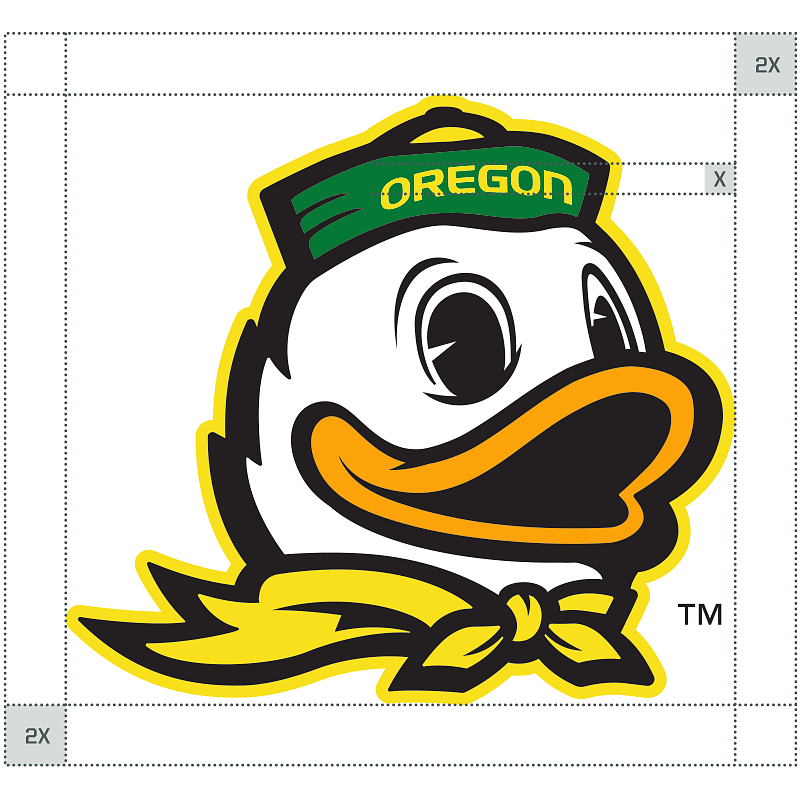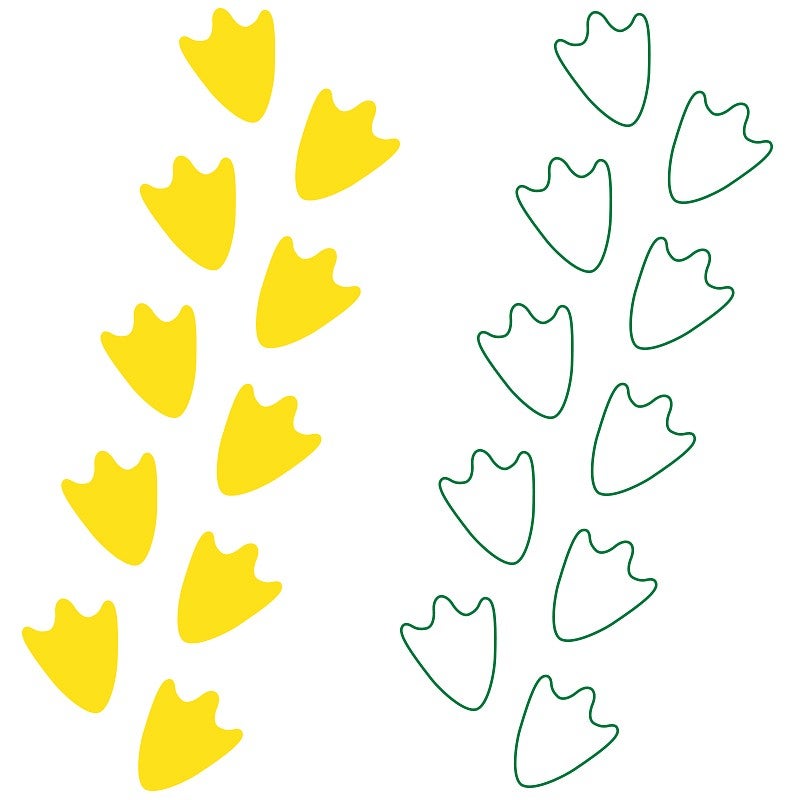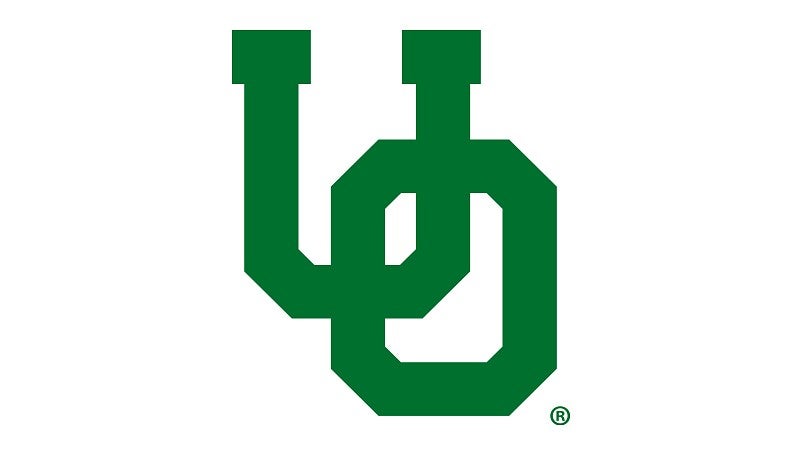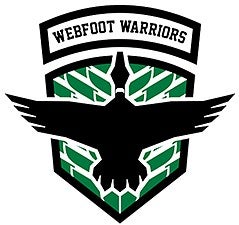In addition to our primary logo, the University of Oregon has several marks that support the overall brand. University of Oregon marks are for the exclusive use of internal parties to promote the goals and purposes of the university.
These marks cannot replace the primary logo and each mark has usage guidelines. The university maintains a policy for the purpose of establishing guidelines and regulations for the use of the University Seal, the Oregon Duck, and the logo, and other related brand and trademarked information. Please review the usage policy prior to the use of these marks and review the words that are trademarked by the university.
The UO Marketing and Brand Strategy team aims to maintain consistent enforcement with professional use of our trademarks to promote and protect the university image and reputation. One-time exceptions can be granted in writing by UO Marketing and Brand Strategy on a case-by-case basis in consideration of University Communications goals.
Note: The trademark (™) and registered symbols (®) are integral to the university marks and primary logo. When enlarging any UO marks for print, products, or banners, the registered symbol should not be larger than a quarter inch. This might require a manual adjustment.
The Great Seal
Use of the university seal is restricted to official university documents (such as diplomas, certificates, and commencement programs) and presidential documents (such as inauguration and event invitations). The Great Seal is a historic mark for the university and dates back to 1878 with a letter requesting the elements of the design.
The seal should not be screened, cropped, or altered in any way. Anyone wishing to use this mark for any other purposes must have written permission from UO Marketing and Brand Strategy. For a one-time request, email uobrand@uoregon.edu.
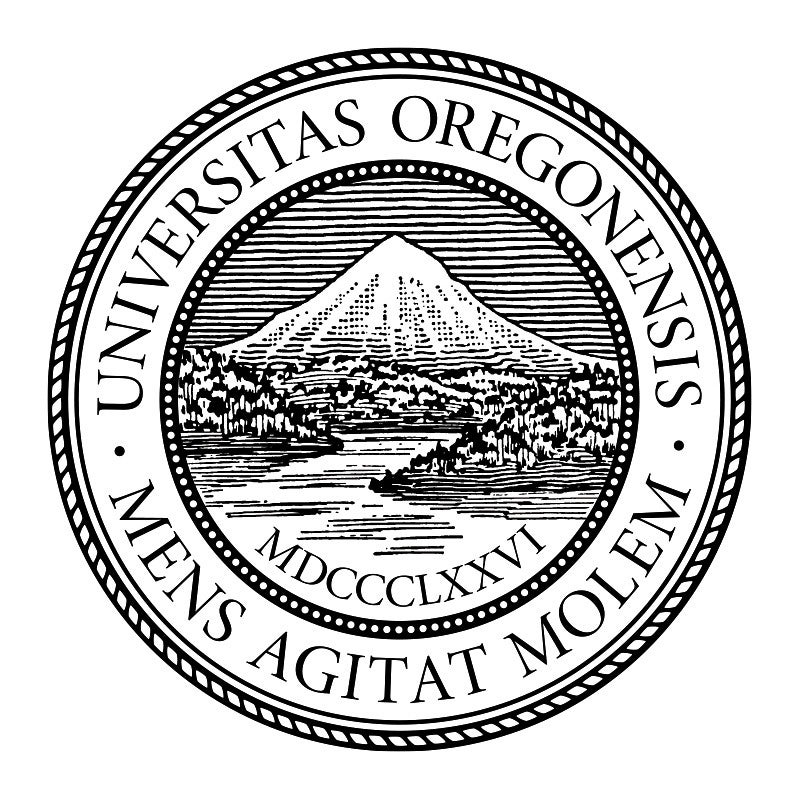
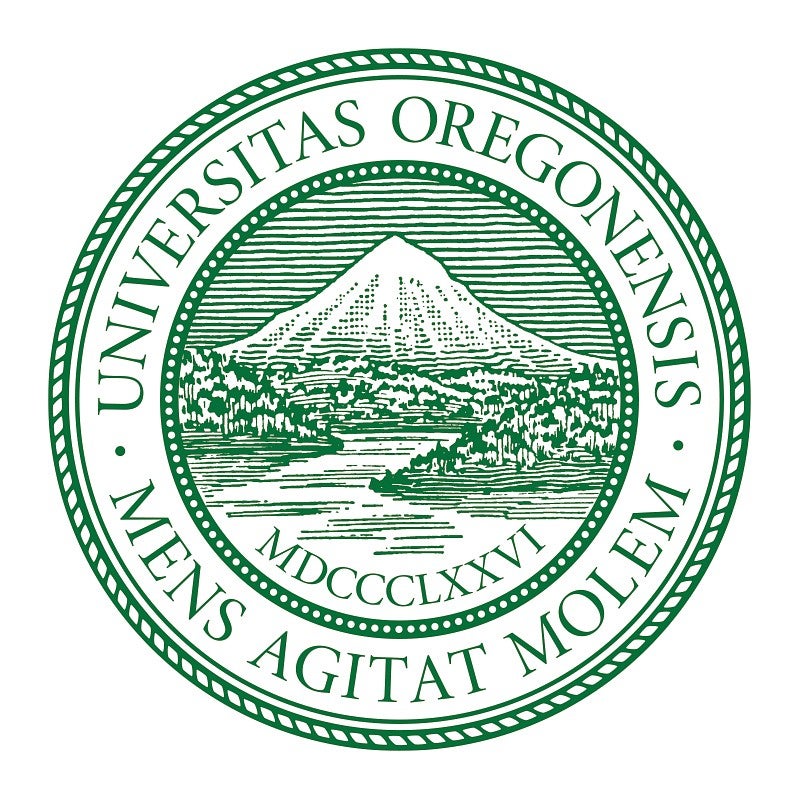
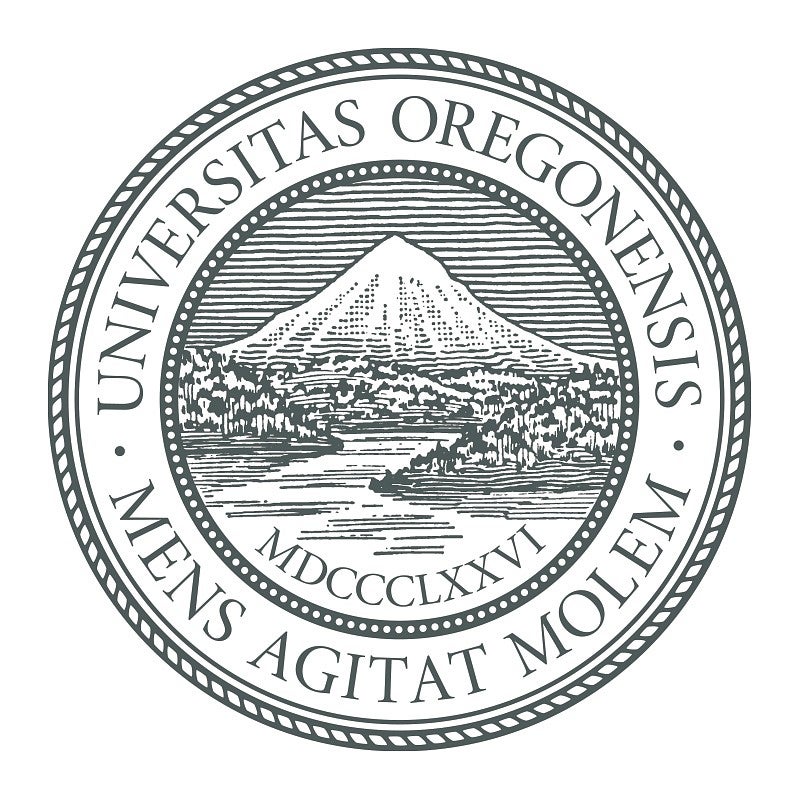
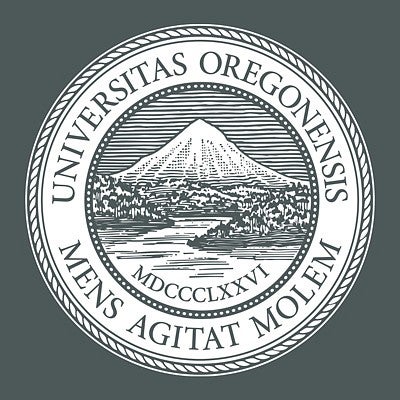
Mascot Mark and Duck Illustrations
The Oregon Duck is one of the nation’s most beloved mascots. We use the mascot mark when we want to express pride in the UO community, let out our “inner Duck,” and have a little fun with the brand. The mascot mark can add character to your design but should never replace the primary logo or signature.
The Oregon Duck is copyrighted and licensed to the university under a special agreement and exceptional care must be taken when using this mark. Do not alter the mascot mark, use it to create other marks, or use other versions; those versions are reserved for UO Athletics and licensed merchandise.
Cartoon versions or caricatures of our mascot duck are prohibited unless one-time permission has been granted by UO Marketing and Brand Strategy. It's also not permissible to alter the Duck mascot mark to be doing things or holding or wearing items. This protects the integrity of the Duck image and avoids brand and style confusion. Where possible, use photos of the Duck instead.
Do not refer to the Duck as “Puddles.”
Clear Space and Minimum Size
Maintain appropriate size and clear space when using the mascot mark to ensure it is prominent, legible, and impactful. The space around the mascot mark is based on the height of the letter “G” in the word “Oregon” on its hat. Minimum clear space should be 2x this height on all sides.
In print, the mascot mark should be no less than 1/2" (.500") tall. The mascot mark should be sized proportionally to meet this standard. There is no maximum size limit but use discretion when enlarging the mascot mark.
The trademark (™) symbol must be used when the mark is applied to merchandise and retail projects. Exceptions can be made on print pieces for recruitment initiatives. When enlarging the mascot mark for print, products, or banners, the trademark symbol should not be larger than a quarter inch. This might require a manual adjustment.
Color Variations

The mascot mark can only be used in the color variations below. Backgrounds are for illustration purposes only; the mark should not be put in a square background.
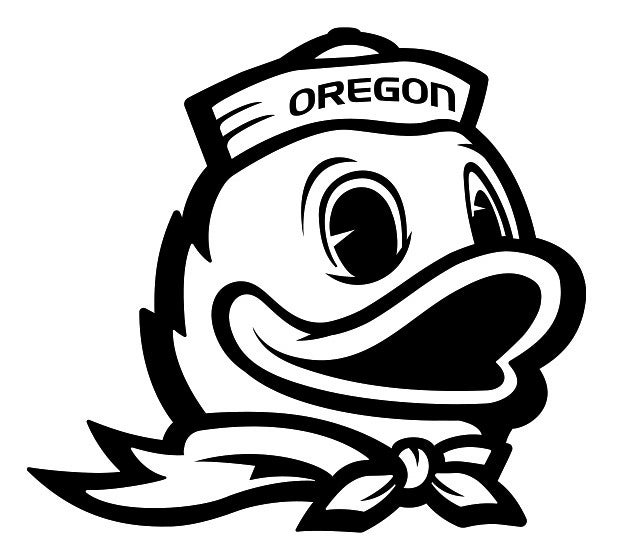
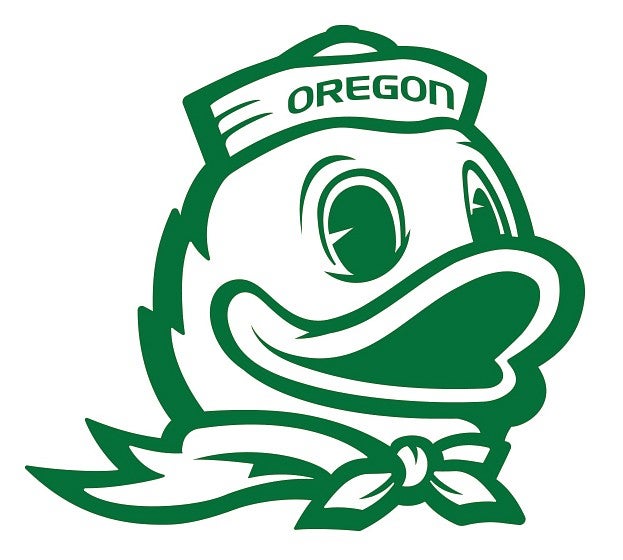

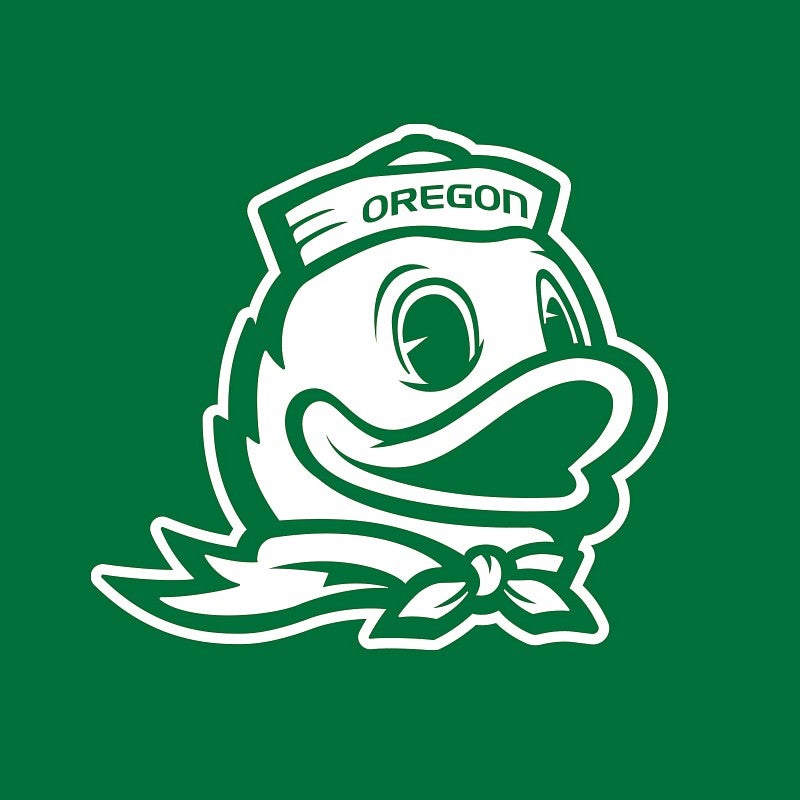
Note: Unlike the full-color, black, and green versions, the yellow and white versions of the mascot mark have been reworked to appear correctly on dark backgrounds. Do not recolor artwork.
Webfoot Mark
The webfoot mark—a playful element that adds to a design—can be used in communication materials but not in place of the primary logo or signature. Recommended color variations and sample configurations are shown below. Do not alter the webfoot mark, fill with patterns or images, or use other versions than the ones listed below. The line stroke weight on the webfoot mark should be set to .75 and scale appropriately.
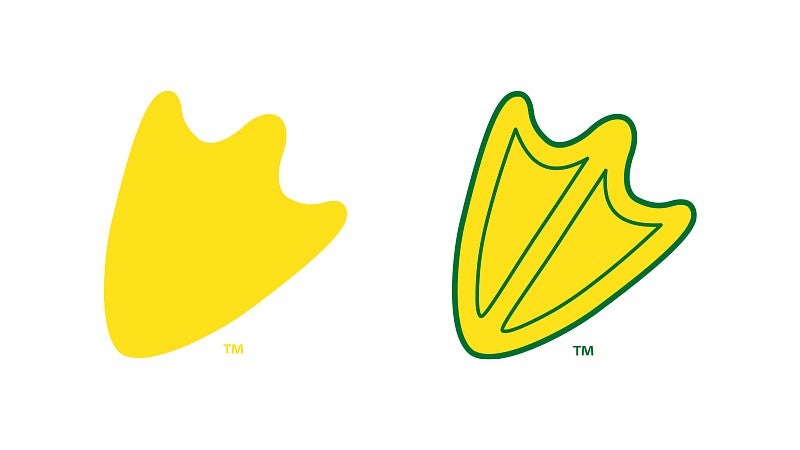
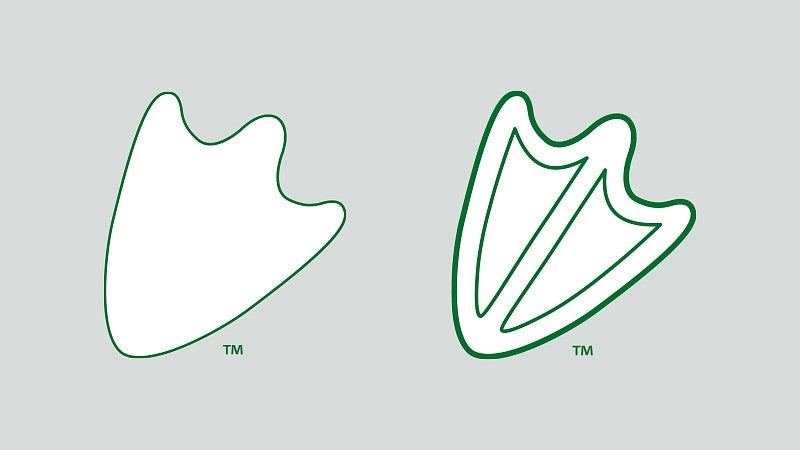
Athletic Marks
Oregon athletics are a vital part of our university culture and our brand’s reputation. Several marks are reserved exclusively for UO Athletics and licensed merchandise, subject to their own standards.

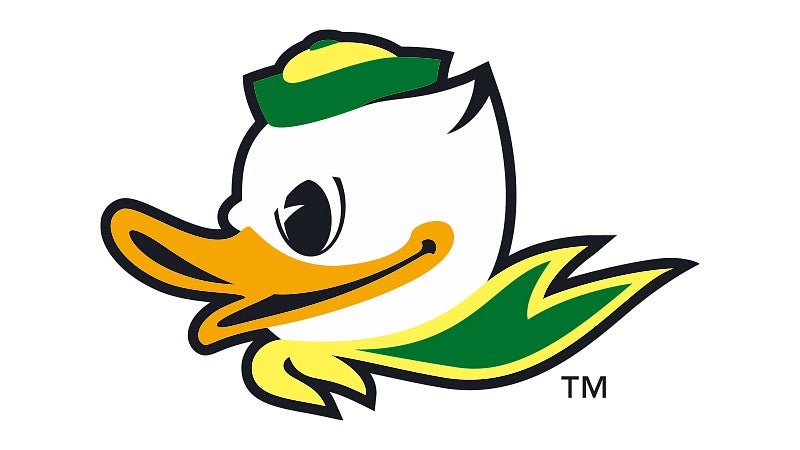
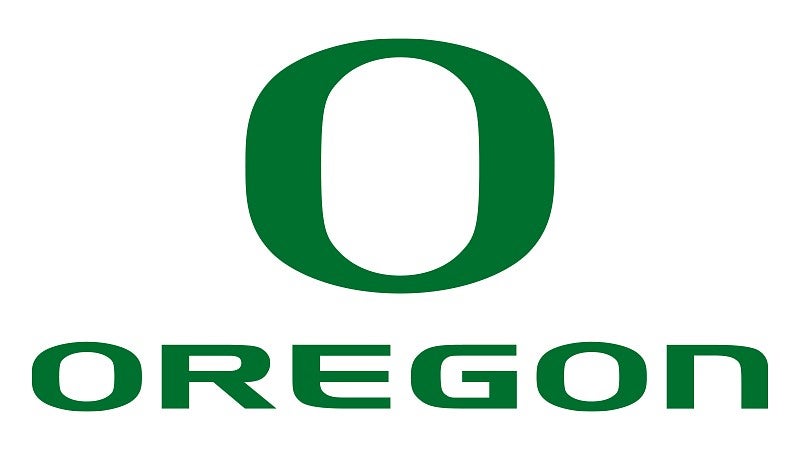

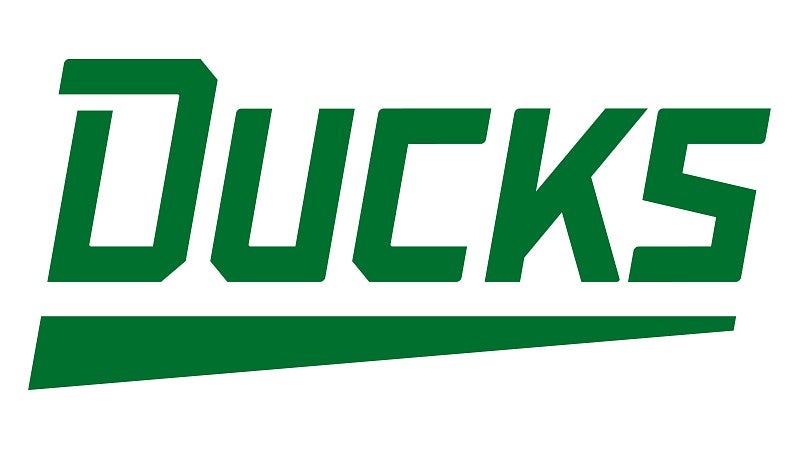
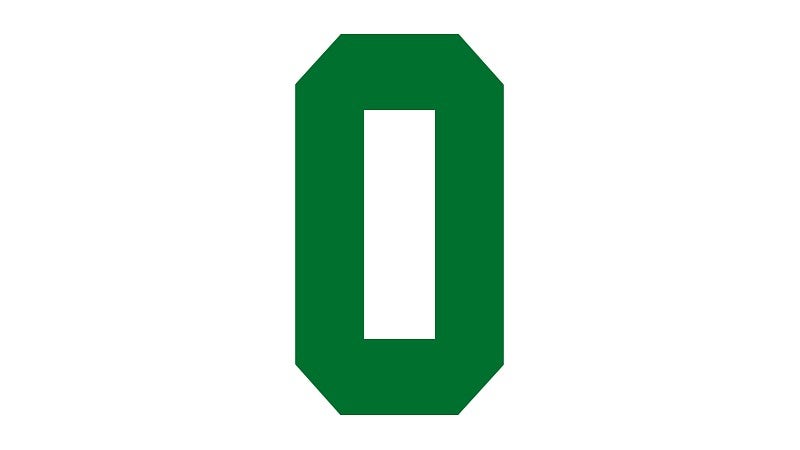
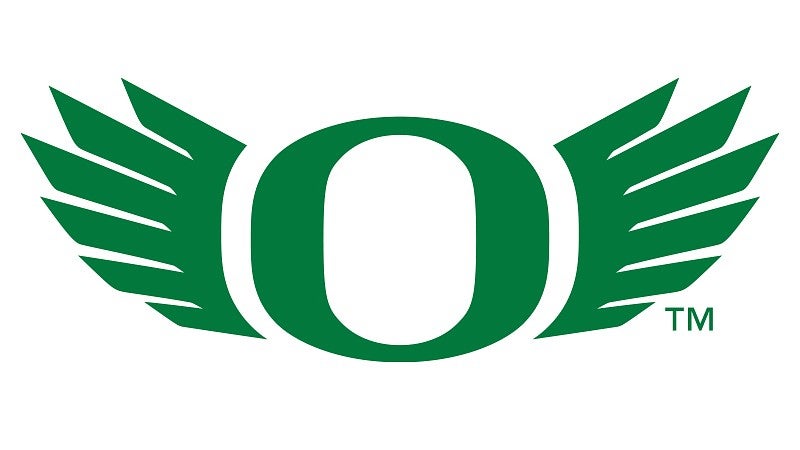
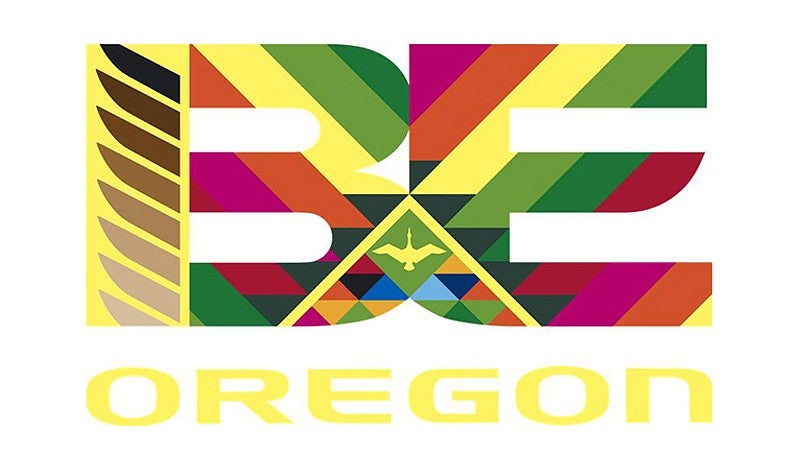
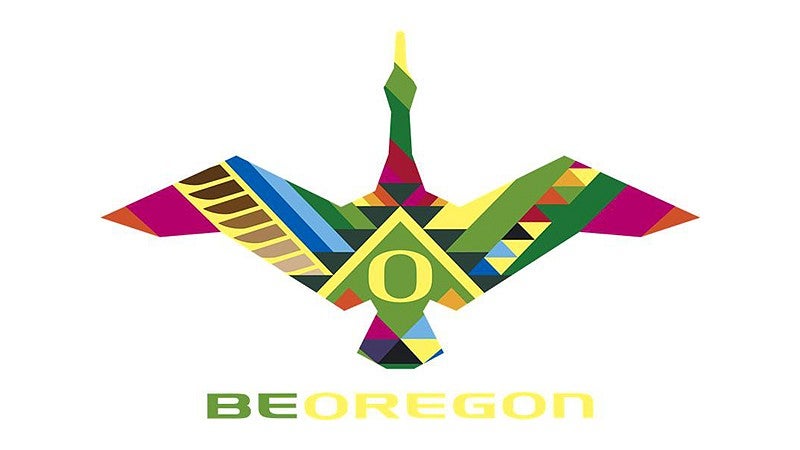
Interlocking UO
The Interlocking UO served as the university primary logo prior to our current primary logo. The mark is reserved exclusively for retail on apparel, headwear, footwear, and hard goods, as well as occasional special projects with Marketing and Brand Strategy approval. Recommended color variations are shown below. Do not alter the Interlocking UO or use other versions without prior approval from UO Marketing and Brand Strategy. The Interlocking UO should not be used on commencement merchandise. The interlocking UO logo should not be placed in a color box, the backgrounds below are for illustration purposes only.
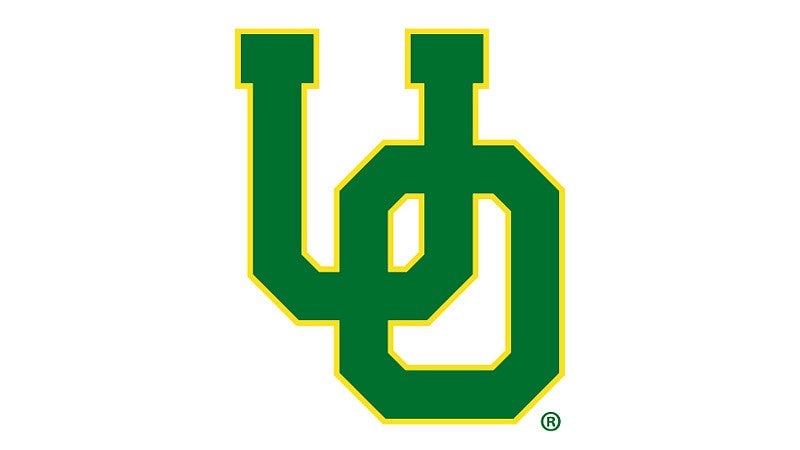
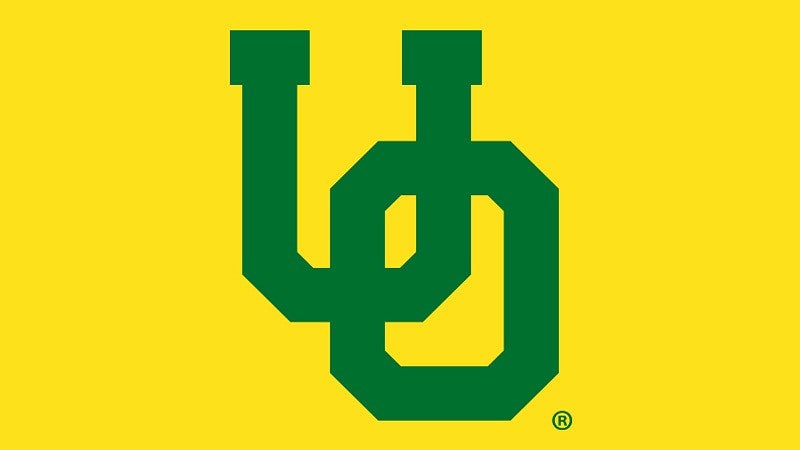
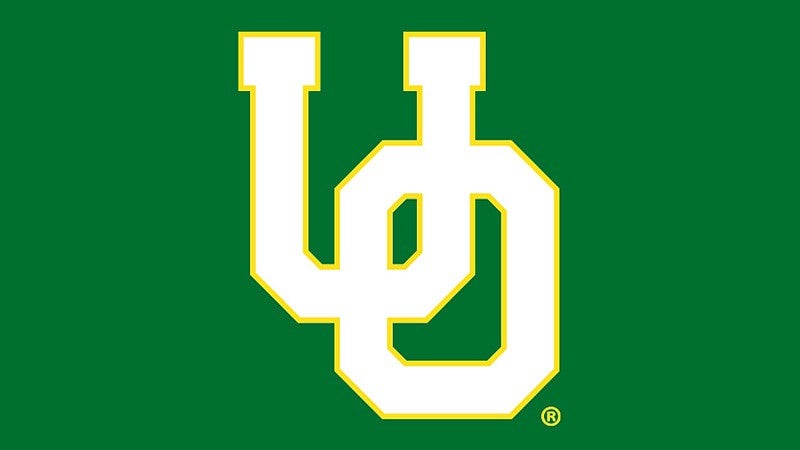
Disney Marks
The image of the Oregon Duck mascot is rooted in the Disney brand, creating a unique relationship with the company which requires special care and attention. Through a handshake agreement with Walt Disney in 1947, it was determined that Donald Duck's likeness could serve as the UO's mascot, if it was done in good taste. Agreements evolved through the decades. Today, the UO’s use of Disney's intellectual property is limited to retail apparel, headwear, hard goods, and on occasion, Oregon Duck football equipment. It cannot be used for purposes beyond these applications.

Specialty Marks
Preexisting “sub brands” are rare exceptions to logo policy. There are allowances for units with a preexisting marketing effort built around a nonstandard mark. These marks are subject to their own standards of use; and creation or implementation of any specialty marks may only be done with approval from UO Marketing and Brand Strategy. Care will be taken to create style guides for these marks and document the intended use. These sub brand marks will be reviewed regularly and departments or units may be asked to accommodate changes to ensure alignment with the visual brand (e.g. color changes or graphical styles).
UO Alumni Association Departmental Logo
The University of Oregon Alumni Association (UOAA) uses two departmental logos to represent its organization.


UOAA Departmental Logo Guidelines
UO Foundation Departmental Logo
The university has authorized the UO Foundation to use this mark as their formal signature.

Webfoot Warriors ROTC Mark
The university has authorized the Army ROTC Webfoot Warriors to use this design as their formal mark. This mark can appear alone or with their departmental logo as long as clear space guidelines are followed.


